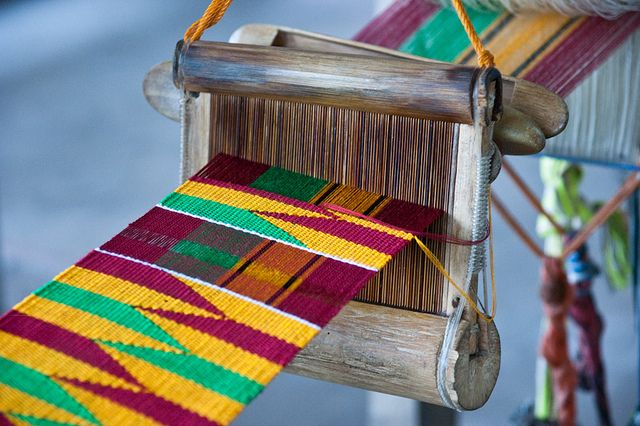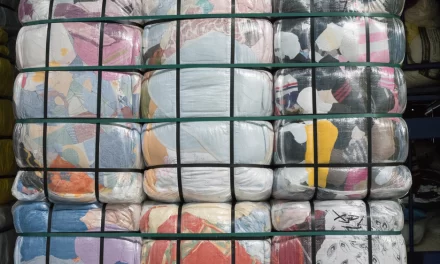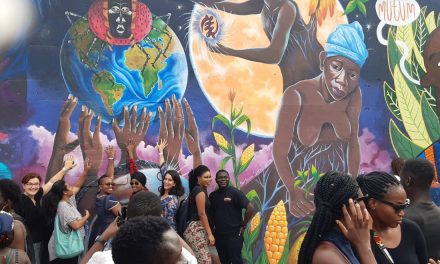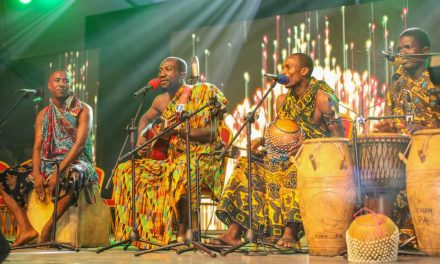The vibrant and intricate fabric known as Kente holds a cherished place in the heart of Ghanaian culture, embodying centuries of tradition, artistry, and cultural identity. This distinctive textile, characterized by its rich colors and intricate patterns, is not merely a piece of cloth; it is a testament to the craftsmanship, history, and values of the Ghanaian people.
Kente weaving is an ancient art that dates back to the 17th century among the Ashanti and Ewe peoples of Ghana. This complex weaving technique involves interlacing brightly colored silk or cotton threads to create intricate patterns and designs. The process is labor-intensive, with each strip of Kente woven by hand on a traditional loom.
The patterns and colors used in Kente are not chosen at random; they convey specific meanings and messages. Different patterns hold significance for various occasions and individuals. For instance, a Kente design might be chosen to represent love, unity, bravery, or royalty. The art of Kente weaving is, therefore, a language of symbols that tells stories and conveys emotions without uttering a word.
Kente is often worn on special occasions, such as weddings, funerals, naming ceremonies, and cultural celebrations. It’s not just a piece of clothing; it’s a manifestation of identity, heritage, and pride. The vibrant colors and intricate patterns not only catch the eye but also evoke a sense of cultural belonging.
Despite its traditional origins, Kente weaving has evolved over the years. Contemporary weavers are incorporating modern design elements and experimenting with new color combinations while still honoring the core techniques and symbols. This blend of tradition and innovation ensures that Kente remains relevant to younger generations while preserving its cultural roots.
One of Ghana’s renowned Kente weaving centers is the Ashanti region, particularly the town of Bonwire. Here, skilled weavers continue to pass down their knowledge from one generation to the next, preserving the art form’s authenticity. Organizations and artisans are also working together to promote Kente weaving as a source of sustainable livelihoods for local communities.
In a statement, Nana Ama Boateng, a Kente weaver in Bonwire, shared her perspective: “Kente is not just fabric; it’s a part of our soul. When we weave, we weave our stories, our history, and our pride. It’s a way of connecting with our ancestors and passing on our culture to the future.”
As Ghana strides forward into the modern era, the art of Kente weaving remains a cornerstone of cultural identity and artistic expression. Its presence not only weaves together threads of tradition but also connects communities, generations, and the nation’s collective heritage. Kente stands as a vibrant reminder of the power of art to transcend time and space, capturing the essence of a people’s journey while continuing to evolve in a changing world.





